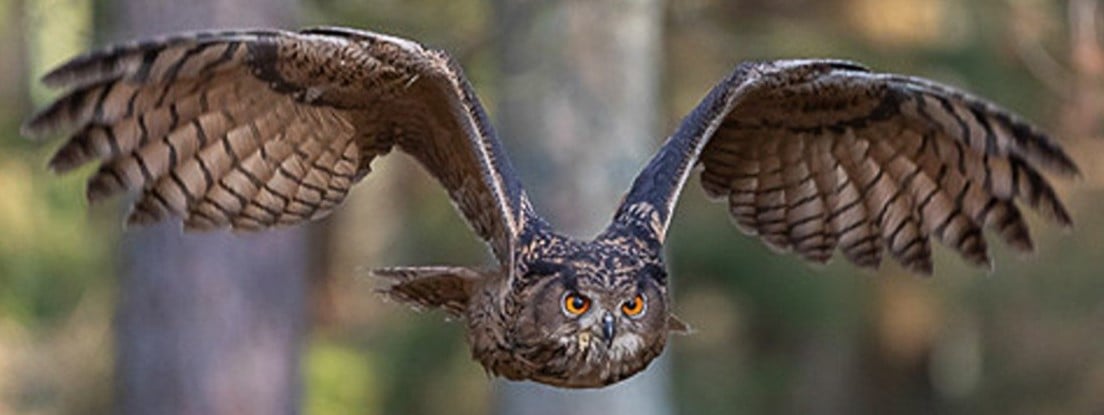From Owl and Raptor Station Haringsee
Alongside the tawny owl, long-eared owls are the most common owls in Central Europe.
Their plumage and the tufts of feathers on their heads make them look like small eagle owls, but they are of course a species of owl in their own right.
They begin courting in January and February, and after the eggs have been laid, only the females look after the brood. The males bring food and only later look after the larger young.
Owls cannot build their own nests; they take over nests of crows or magpies from the previous year to raise their young. They therefore have to look for suitable breeding sites early in the year, before they are occupied by other birds.
Original German Post
Neben dem Waldkauz sind Waldohreulen die häufigsten Eulen Mitteleuropas. Durch ihre Gefiederfärbung und die Federbüschel auf ihrem Kopf sehen sie aus wie kleine Uhus, sind aber natürlich eine eigene Eulenart. Schon im Jänner und Februar beginnen sie mit ihrer Balz und nach der Eiablage kümmern sich nur die Weibchen um die Brut Die Männchen bringen Futter herbei und versorgen erst später die schon größeren Jungen. Eulen können keine eigenen Nester bauen, sie übernehmen Nester von Krähen oder Elstern aus dem Vorjahr für die Aufzucht ihrer Jungen. Deshalb müssen sie sich schon früh im Jahr nach geeigneten Brutplätzen umsehen, bevor diese von anderen Vögeln besetzt werden. Mehr Infos über die hübschen Eulen könnt ihr auf unserer Website nachlesen: https://www.eulen-greifvogelstation.at/unsere-tiere/waldohreule


Love the orange eyes. The article is interesting too. Some highlights:
That owl shower video was cute. The usual owl bath vids I see are ones in treatment. It was nice seeing some wild ones enjoying the weather.
Post on owl "language"
I wish they had a source on the shared nesting. I did a post a while back about a Red Tailed Hawk in a Bald Eagle nest. The reading said that it isn't super uncommon, but it is generally not very successful in the long run. I would have liked to see a story where it was successful.
I still haven't gotten to do it yet, but I found a story of a town that gets overrun with Long Eared Owls regularly, where there can be 100+ of them in a single tree. I haven't been feeling the best lately still, and I want to do a really good job on that story so I've kept it on hold until I can give it better attention because I think it will be very fun to write about and find photos of. it
I tried to find a source too, and couldn't. I feel like my Google-fu might not be up to par today, but some things are just hard to find.
I read the article about the spunky hawk that survived in an eagle's nest. Interesting story, and well written :)
The voice matching game is fun. The voices are pretty distinctive, but I had trouble remembering the squares at first. Turns out, when you close your eyes to listen to the sound, it gets a teeny bit harder to remember the square. Lol.
I had completely forgotten about the game! I think I did reasonably well on it at the time.
I've never been one for Twitter style posting with all the hash tags, but with over a thousand posts now, sometimes it's hard for me to find old posts I want to reference, especially ones that are posted outside Superbowl like the hawk/eagle story.